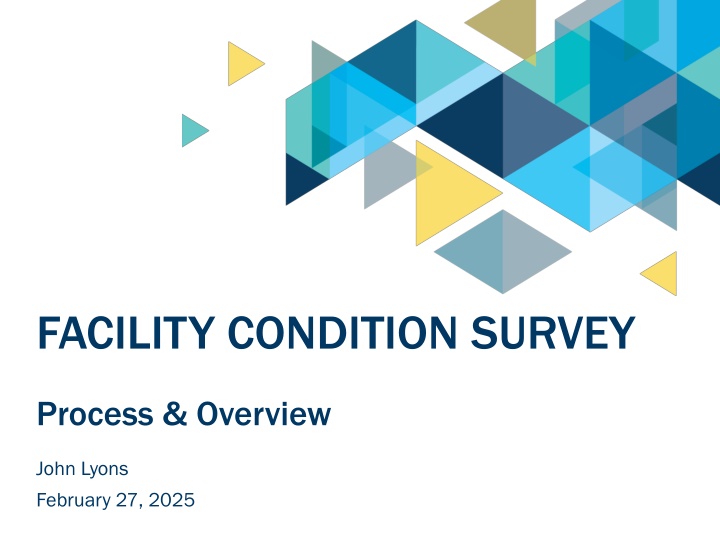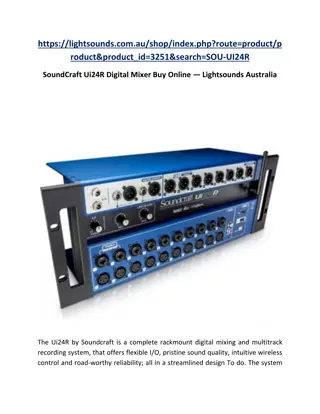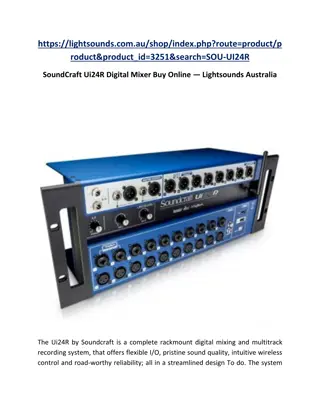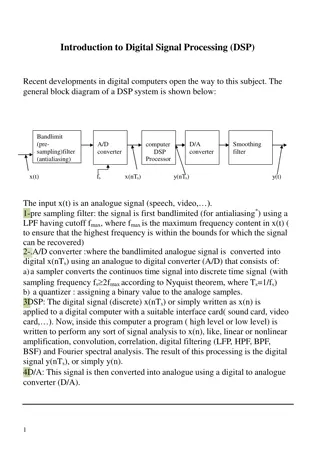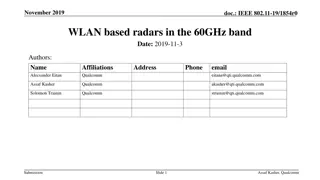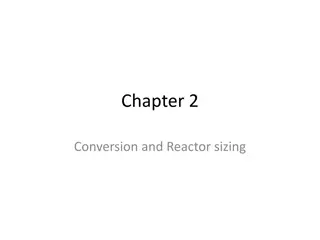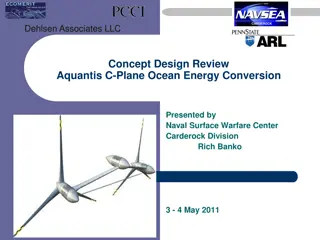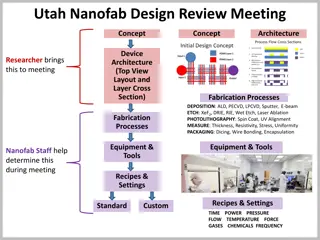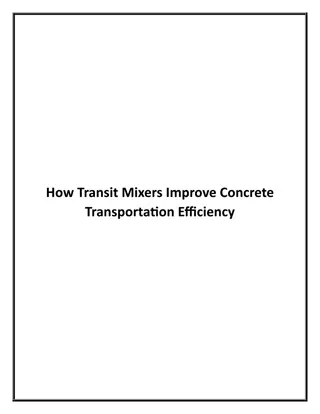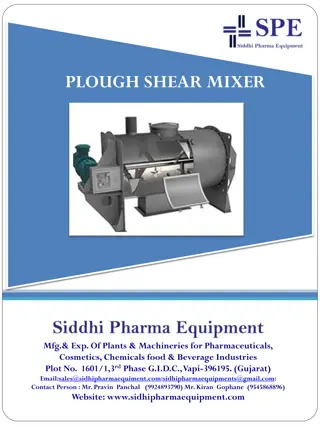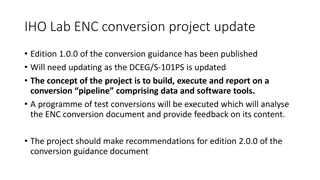Efficient 60GHz Up-Conversion Mixer Design
This study presents a 60GHz up-conversion mixer design with asymmetric layout aimed at reducing LO leakage. The research covers mixer topology, RF-LO isolation, and the impact of DC mismatch on LO leakage. Findings reveal the benefits of the layout in improving RF-LO isolation and reducing EVM degradation in RF circuits.
Download Presentation

Please find below an Image/Link to download the presentation.
The content on the website is provided AS IS for your information and personal use only. It may not be sold, licensed, or shared on other websites without obtaining consent from the author.If you encounter any issues during the download, it is possible that the publisher has removed the file from their server.
You are allowed to download the files provided on this website for personal or commercial use, subject to the condition that they are used lawfully. All files are the property of their respective owners.
The content on the website is provided AS IS for your information and personal use only. It may not be sold, licensed, or shared on other websites without obtaining consent from the author.
E N D
Presentation Transcript
FACILITY CONDITION SURVEY Process & Overview John Lyons February 27, 2025
SURVEY TIMELINE & PURPOSE SURVEY TIMELINE & PURPOSE The Facility Condition Survey Facility Condition Survey is scheduled from February 2025 to February 2026 February 2025 to February 2026. Support documents are provided via Outlook invite and email and email. Survey results will support a funding request of approximately $50M+ $50M+ in the 2027 In 2023 2023, the average repair funding per college was $1.4M $1.4M. Outlook invite 2027- -29 budget 29 budget. 2
SURVEY PROCESS SURVEY PROCESS The Facility Condition Survey Facility Condition Survey is conducted every two years years at each college. All owned buildings All owned buildings are assessed and given a condition score. Building and site deficiencies Building and site deficiencies are evaluated, scored, and ranked. A comprehensive report comprehensive report is generated and published by the end of the calendar year end of the calendar year. every two 4
PRE PRE- -SURVEY PREPARATION SURVEY PREPARATION Review Pre Review Pre- -Survey Document Survey Document Gather supporting documentation supporting documentation for deficiencies that are not directly observable not directly observable, such as: Underground utilities Underground utilities Electrical systems Electrical systems Obsolete safety equipment Obsolete safety equipment (no longer supported) Moisture damage assessment Moisture damage assessment 5
SITE VISIT PROCESS SITE VISIT PROCESS 1. 1.Initial Interview Initial Interview 1.Meet with the facility director and business officer facility director and business officer. 2.Review funded and previously identified minor works funded and previously identified minor works projects projects. 3.Discuss deficiency and maintenance management data deficiency and maintenance management data. 2. 2.Survey & Assessment Survey & Assessment 1. 1.Inspect building and site conditions Inspect building and site conditions. 2. 2.Score buildings and identify deficiencies Score buildings and identify deficiencies. 3. 3.Exit Exit Report Report 1.Identify deficiencies to be included in the final report deficiencies to be included in the final report. 6
BUDGET EXPECTATIONS BUDGET EXPECTATIONS The system anticipates requesting $50M+ repairs in the 2025 2025- -27 budget 27 budget. However, total identified needs are typically twice the available funding. available funding. Colleges are expected to maximize the lifespan maximize the lifespan of major equipment through maintenance. $50M+ for are typically twice the 7
ASSET LIFESPAN EXPECTATIONS ASSET LIFESPAN EXPECTATIONS HVAC systems & roofing HVAC systems & roofing: 20 Elevators Elevators: 40 40 45 years Major electrical components Major electrical components: 50 years 20 25 years 25 years 45 years 50 years 9
IDENTIFYING DEFICIENCIES IDENTIFYING DEFICIENCIES Consider re re- -conditioning efforts conditioning efforts before full replacement. Identify 2 2 3 times 3 times the expected funding per college (approx. $3 $3 4M 4M). Engage lead maintenance staff lead maintenance staff to identify major concerns. Verify deficiencies before the site visit don t rely on discovering them during the visit discovering them during the visit. Focus only on repairs only on repairs to existing assets, but consider if related improvements related improvements should be included. don t rely on 10
SYSTEM SUPPORT CONSIDERATIONS SYSTEM SUPPORT CONSIDERATIONS Assess whether critical systems (fire panels, HVAC critical systems (fire panels, HVAC controls, elevators) controls, elevators) have ongoing vendor support. If a system is no longer serviceable no longer serviceable, replacement may be justified even if it still functions. 11
POST POST- -SURVEY & INFRASTRUCTURE SURVEY & INFRASTRUCTURE Expect follow-ups! Cost estimates and quantities of deficiency items quantities of deficiency items can be refined after the site visit. Local knowledge Local knowledge will be the primary source for all cost estimates Infrastructure assets Infrastructure assets are typically replaced outside the FCS process the FCS process to prevent failures. However, failed or failing infrastructure failed or failing infrastructure (e.g., sewer line obstructions and damaged emergency roads) should be included as site deficiencies site deficiencies. outside 12
SWAP MEET SWAP MEET 13
SWAP MEET SWAP MEET 14
QUESTIONS & DISCUSSION CC BY 4.0, except where otherwise noted.
